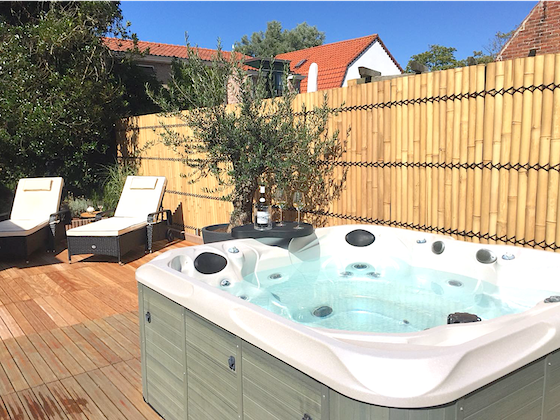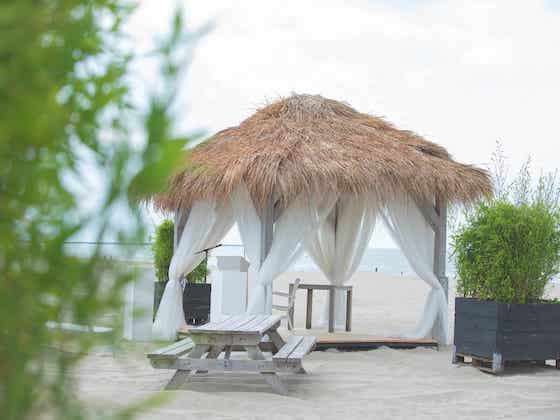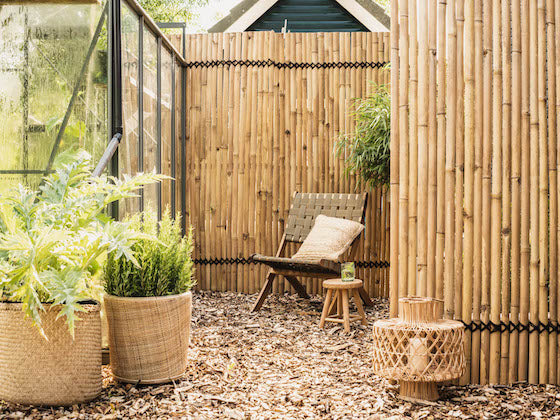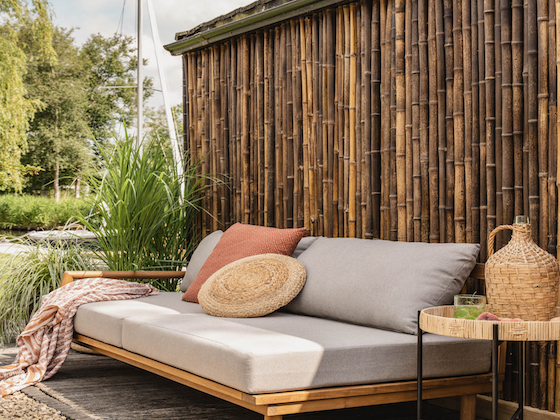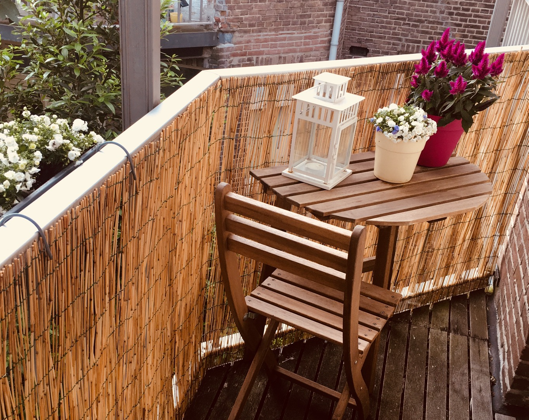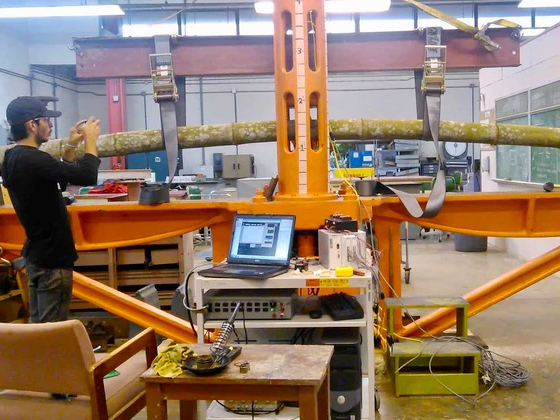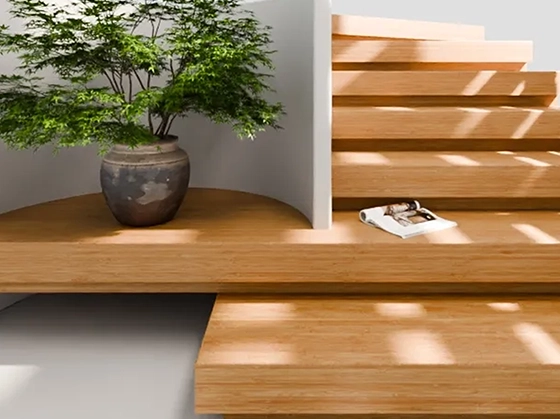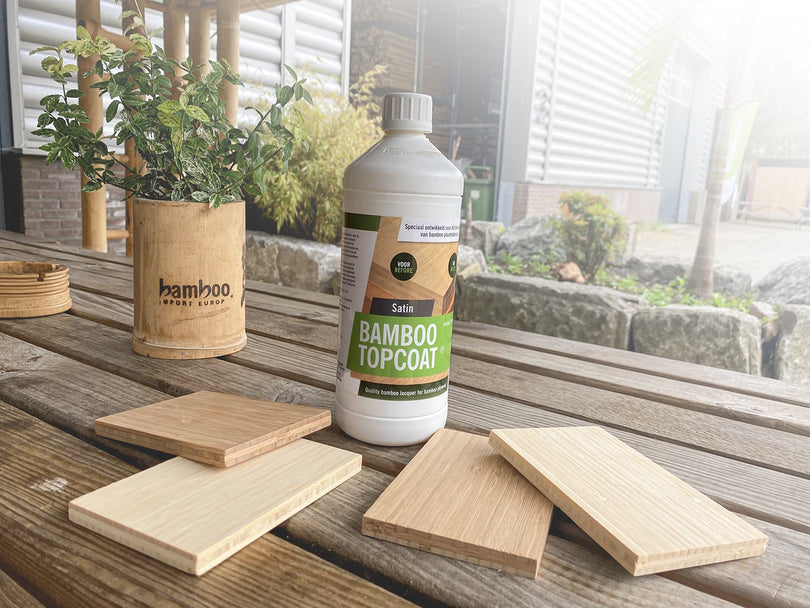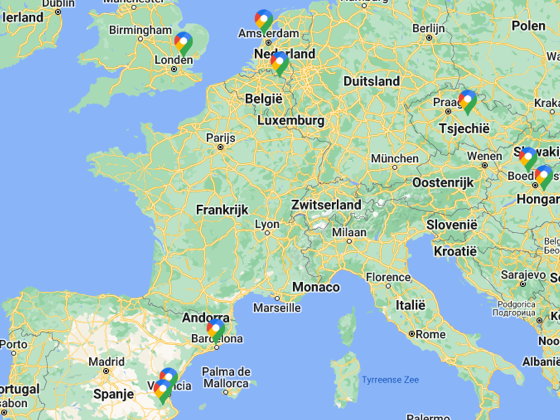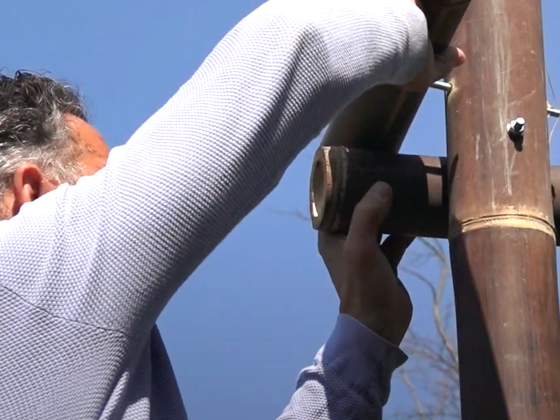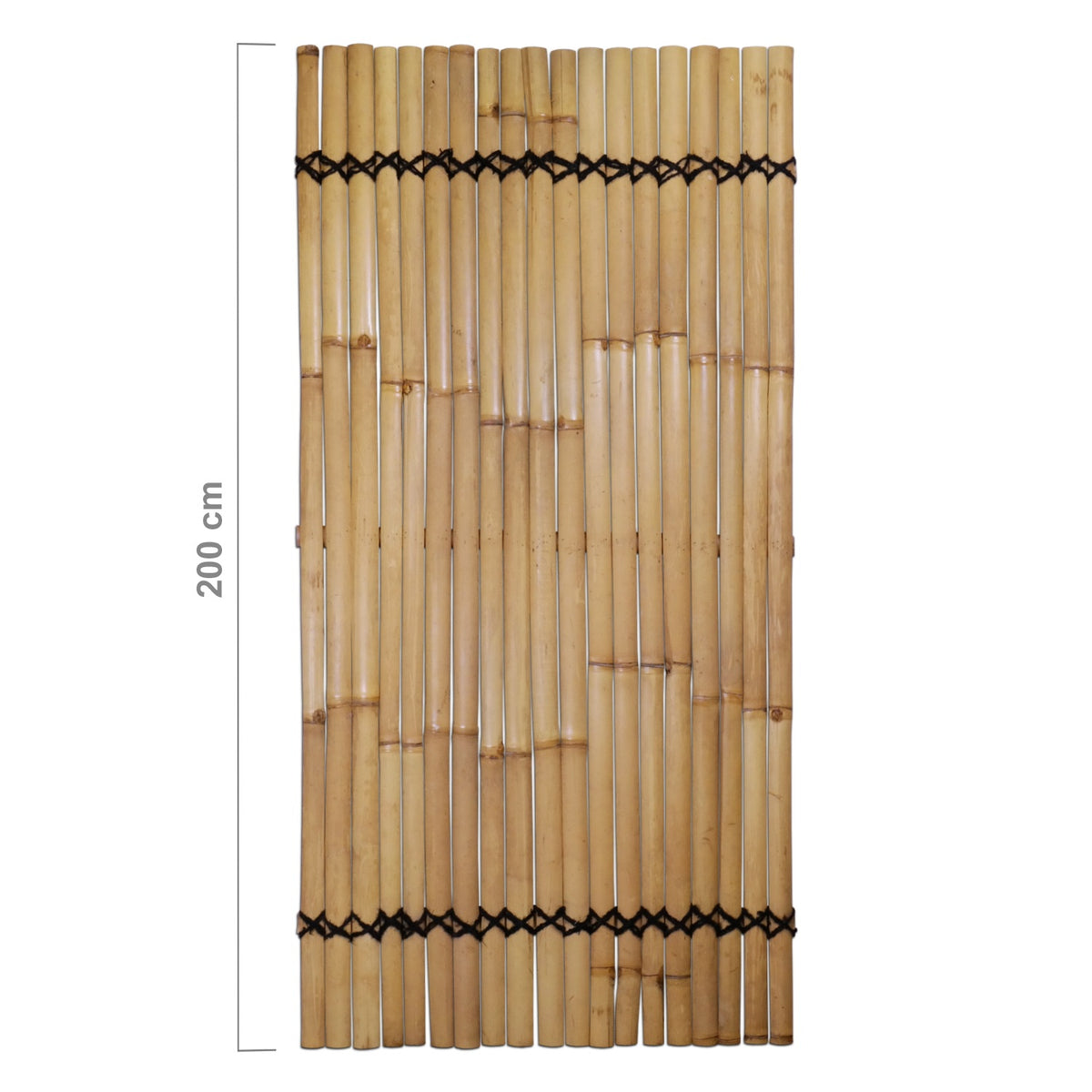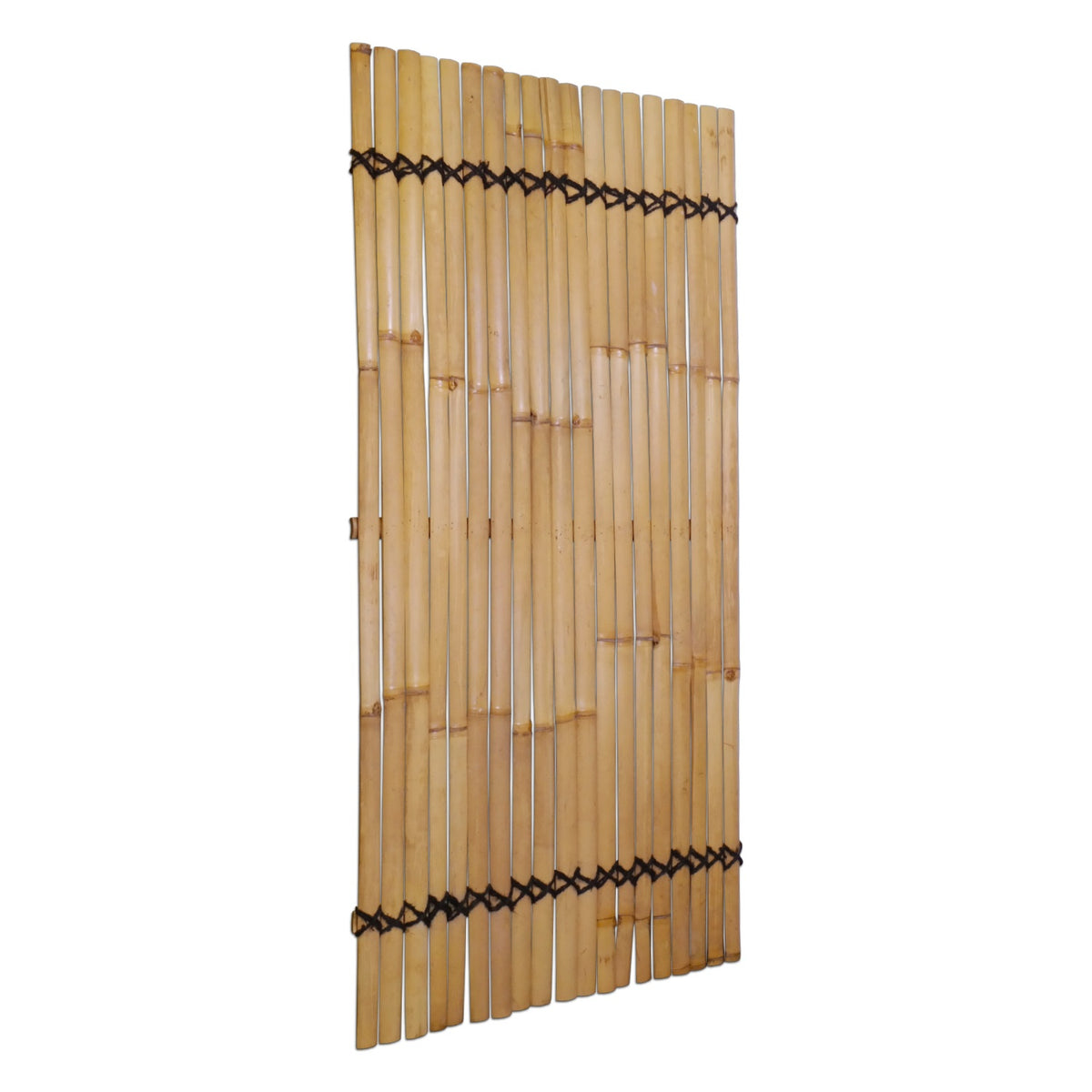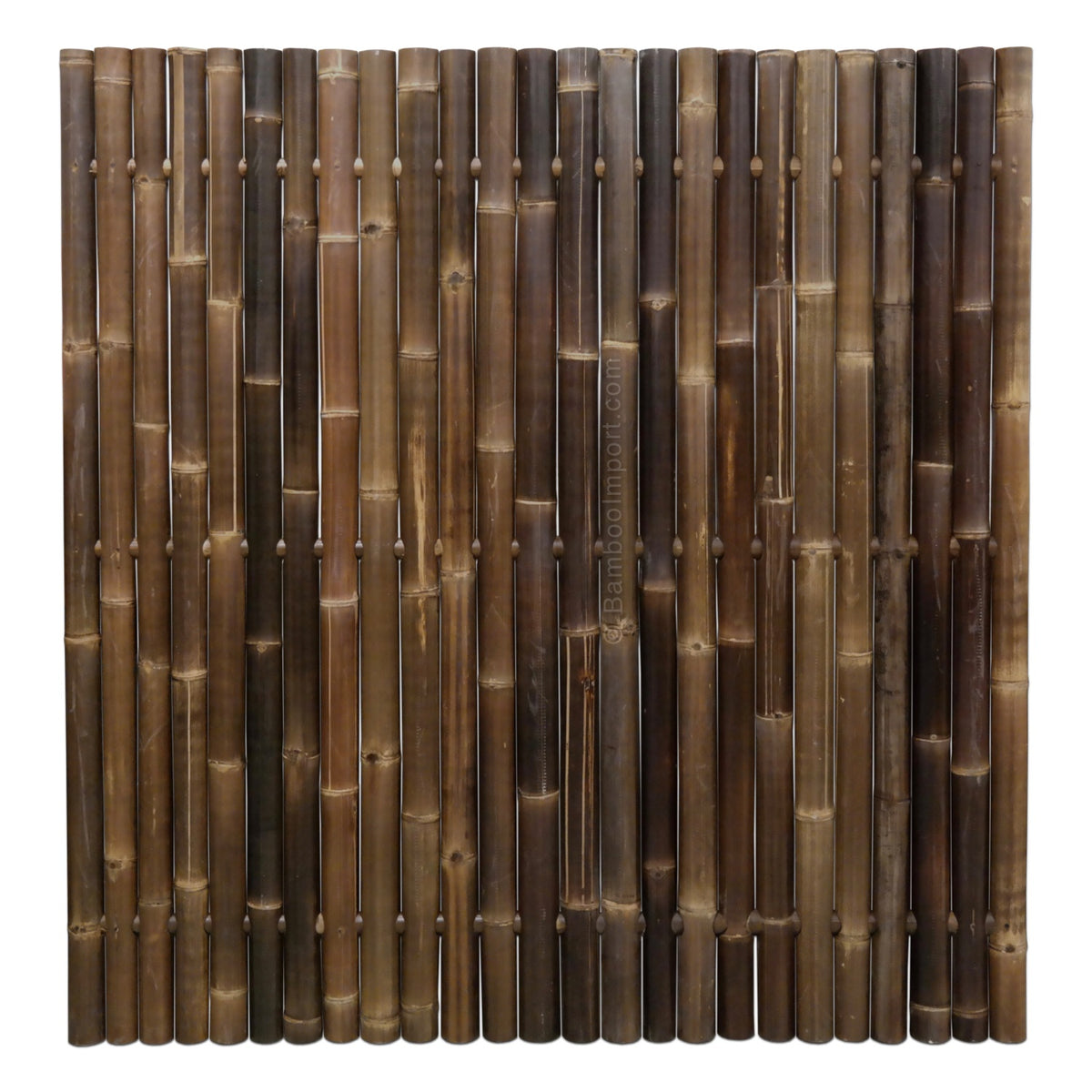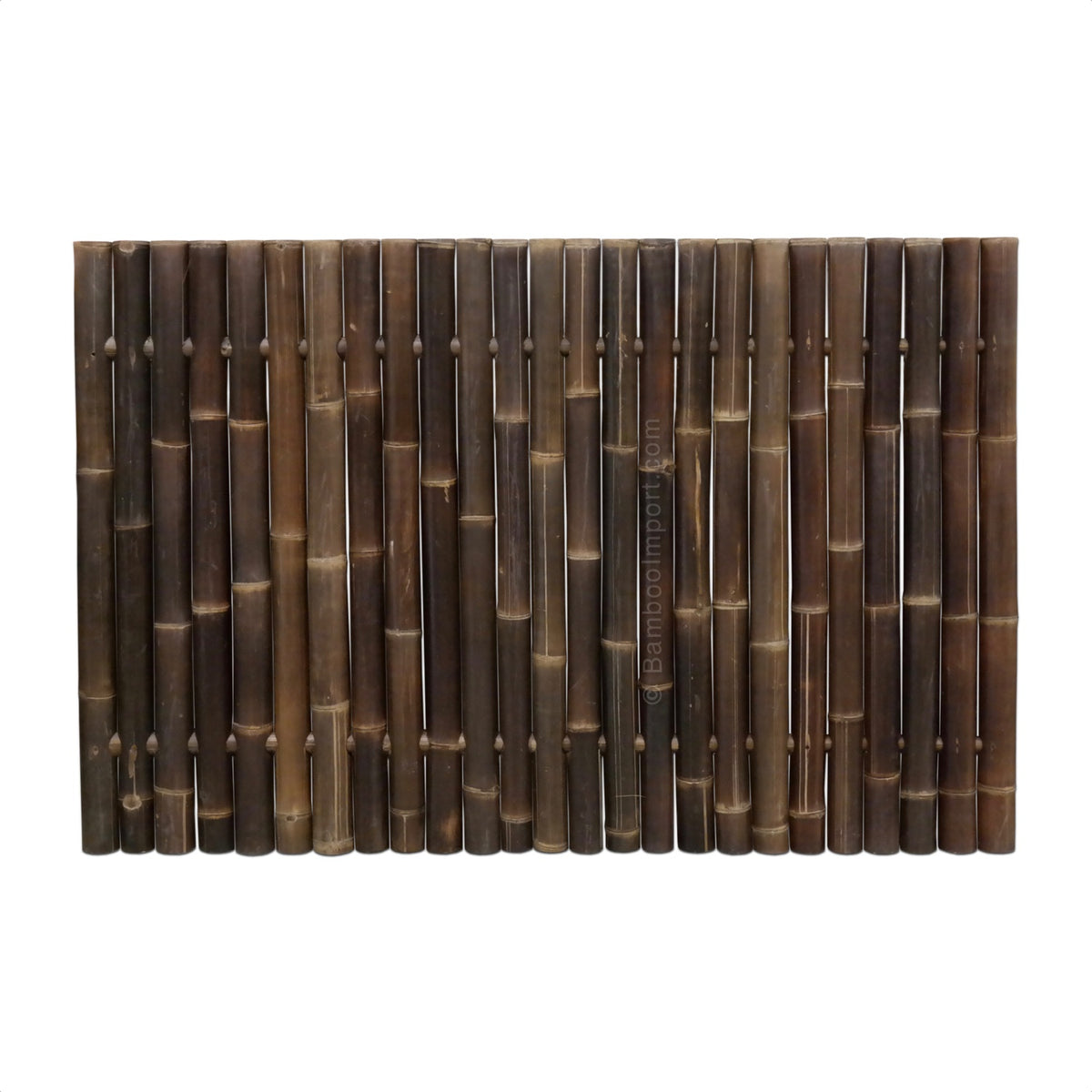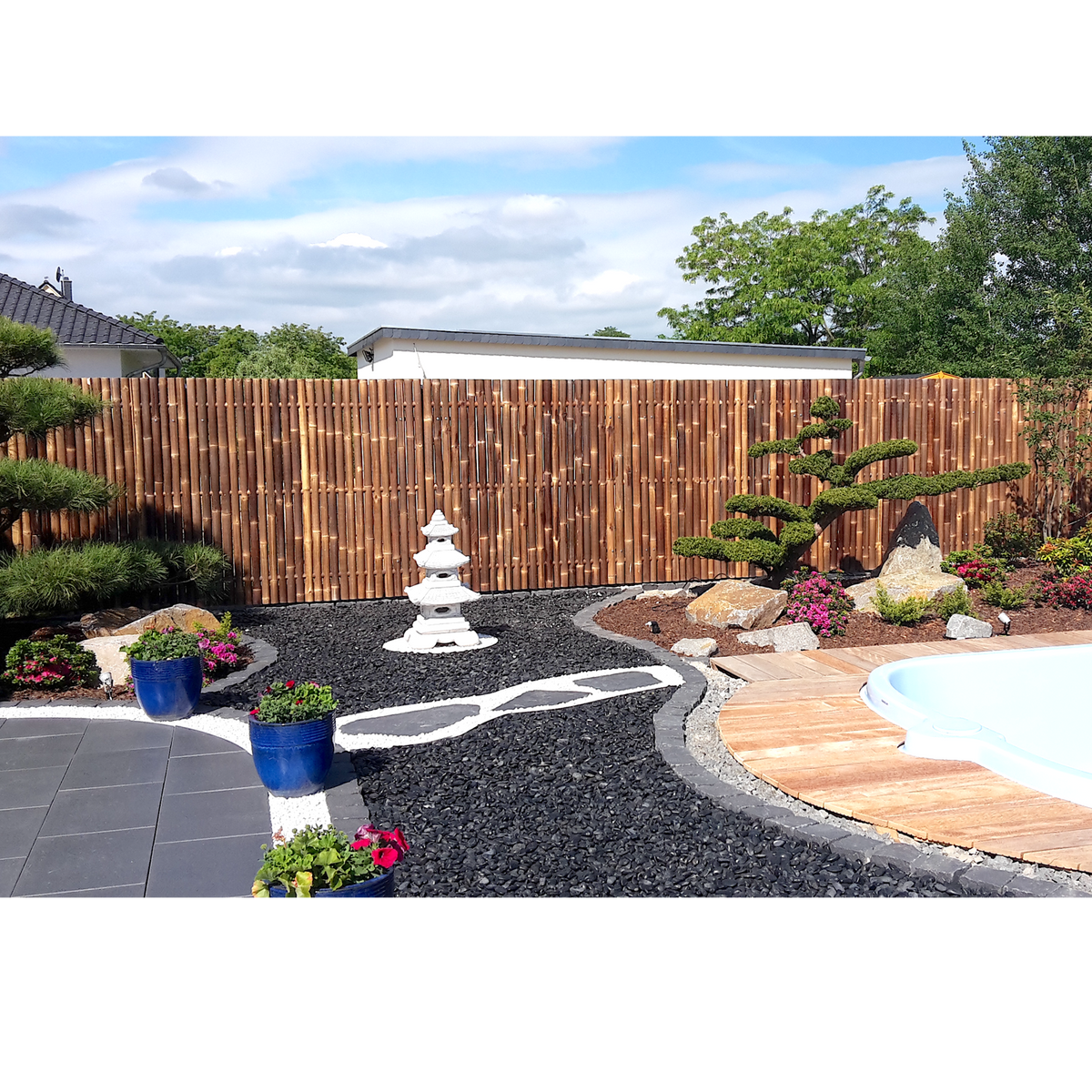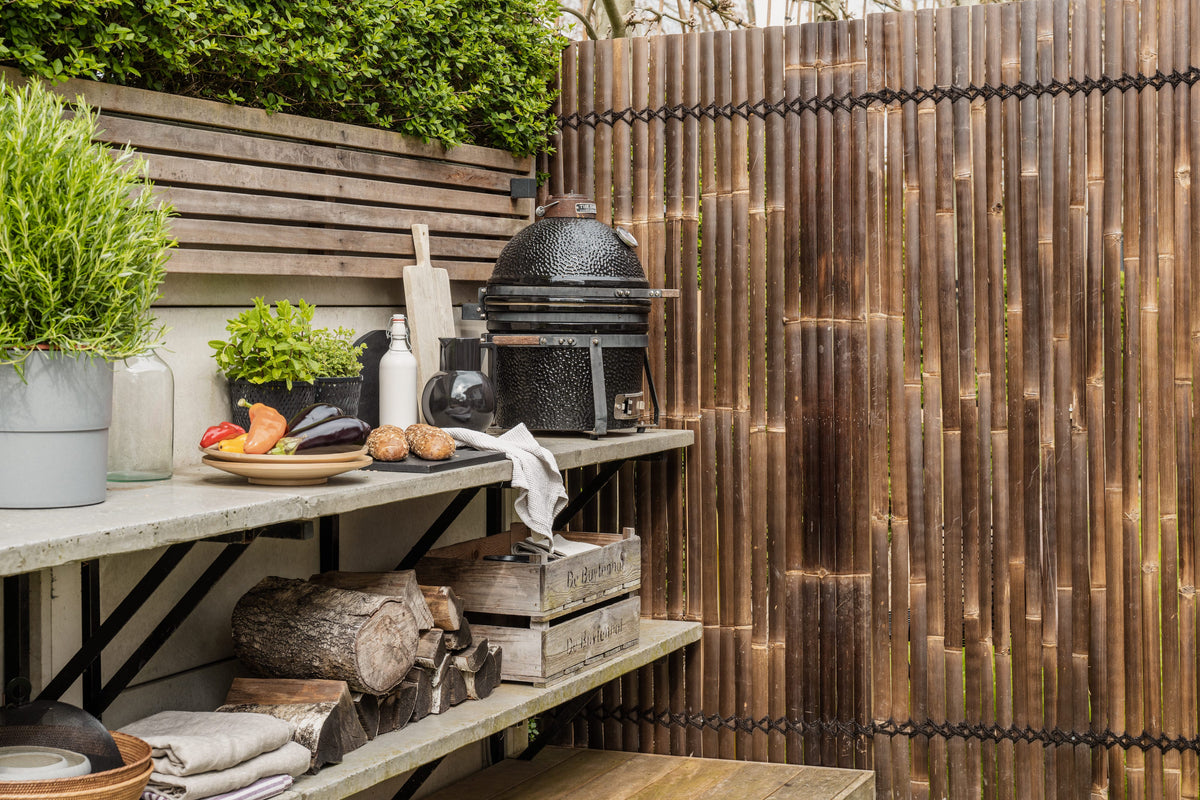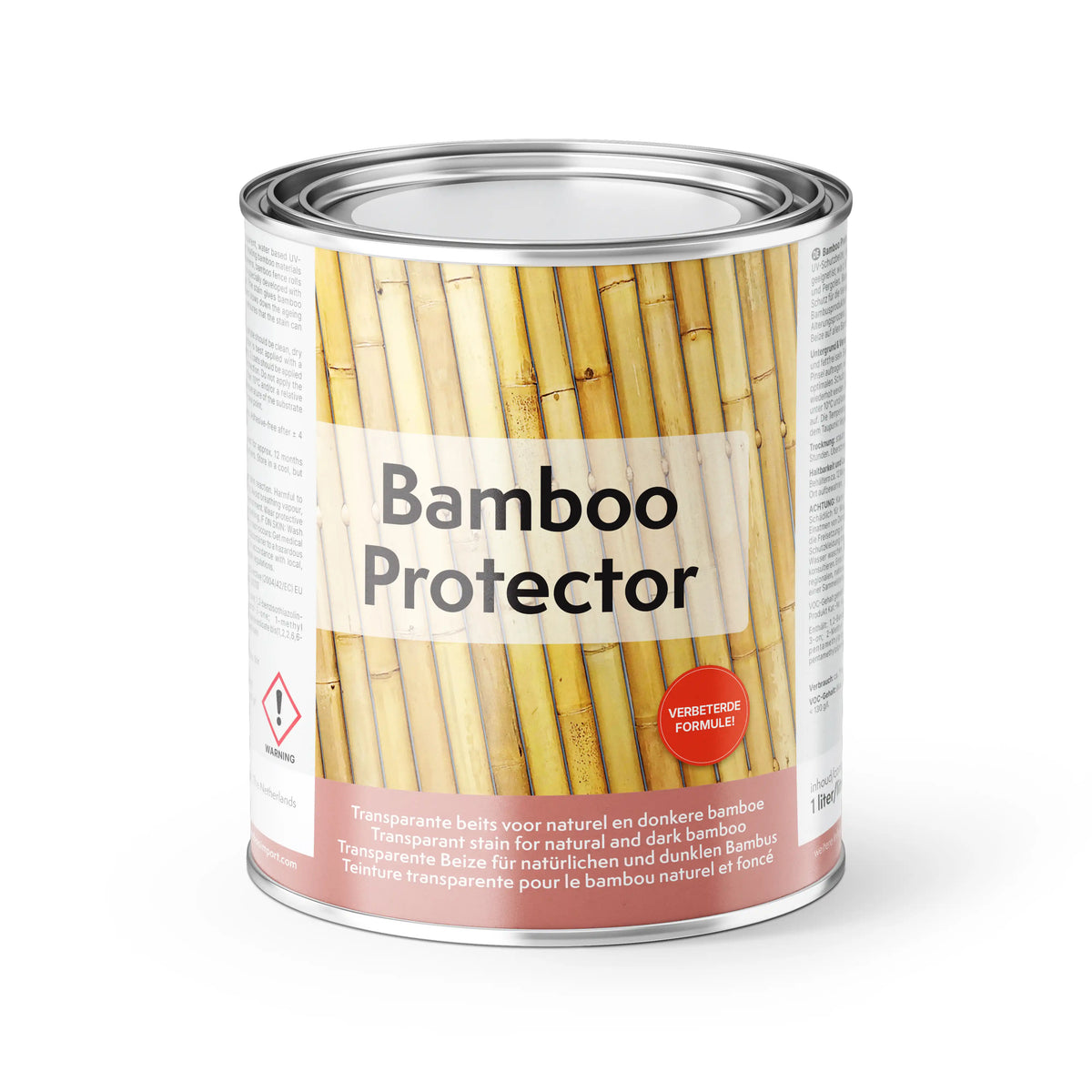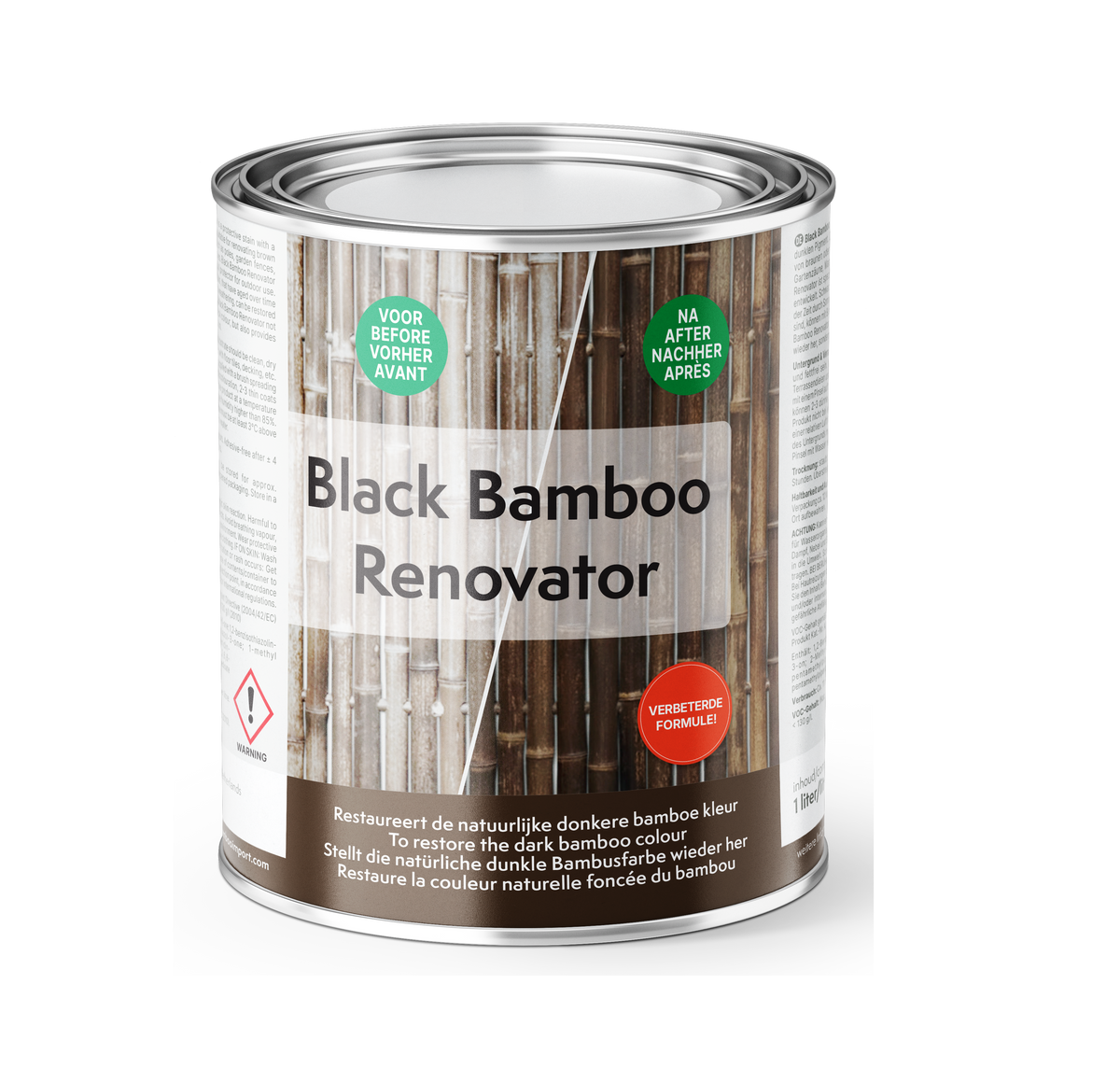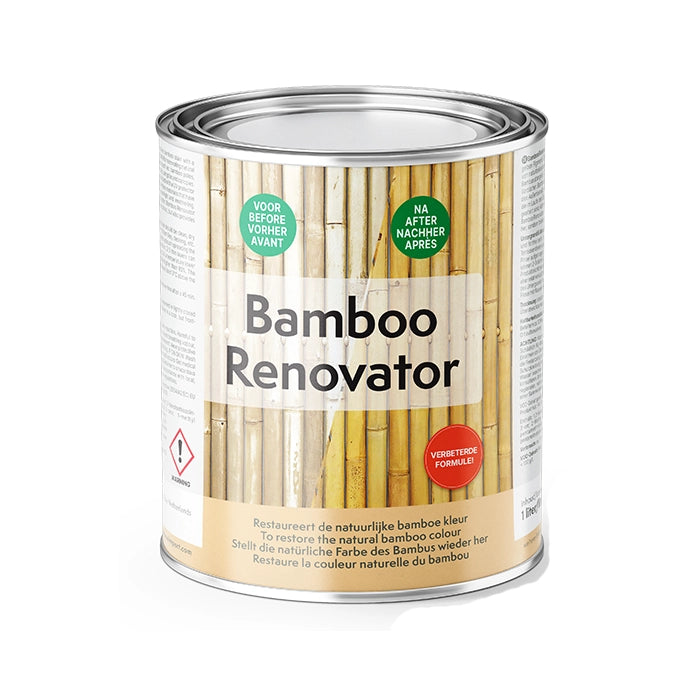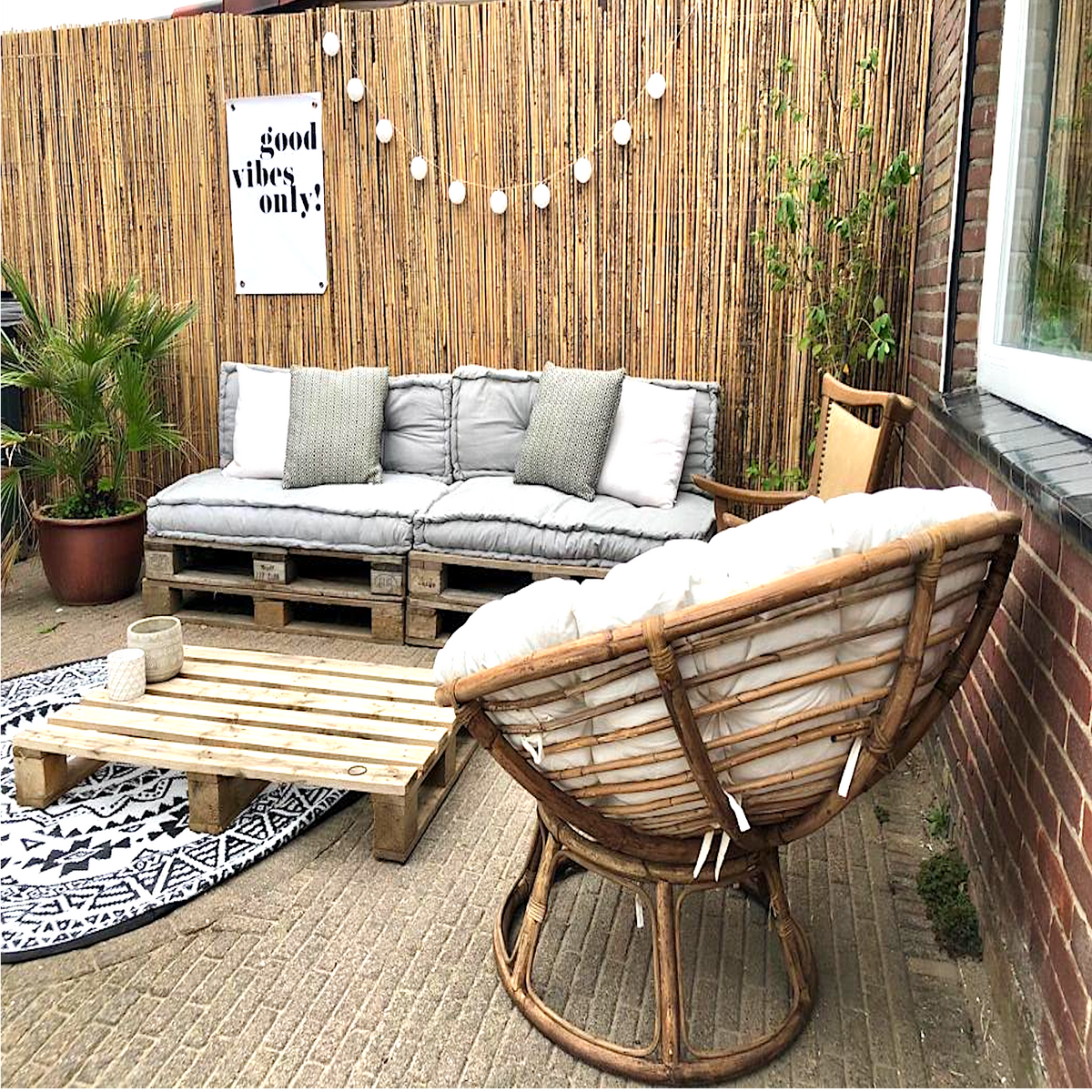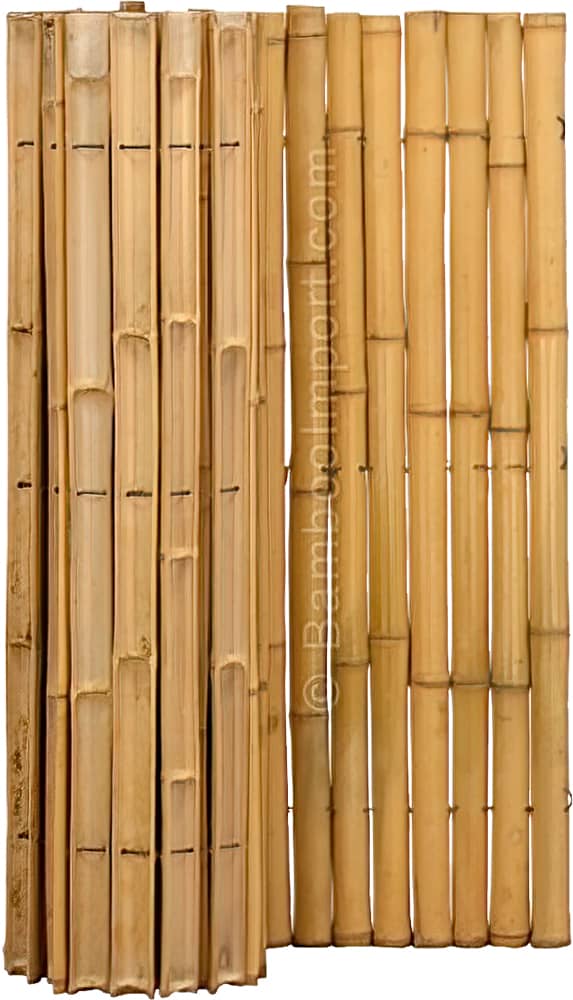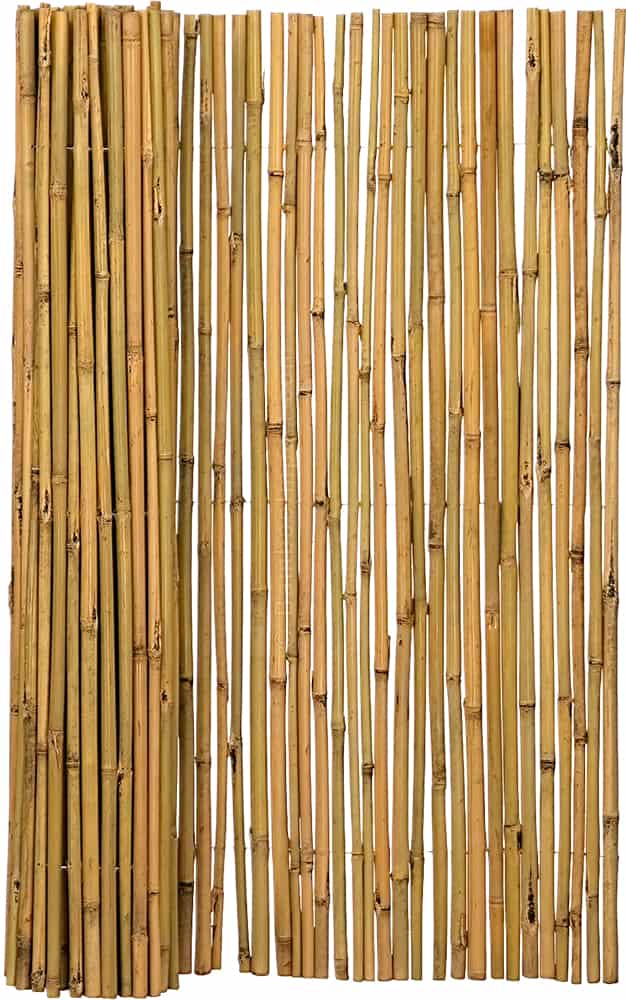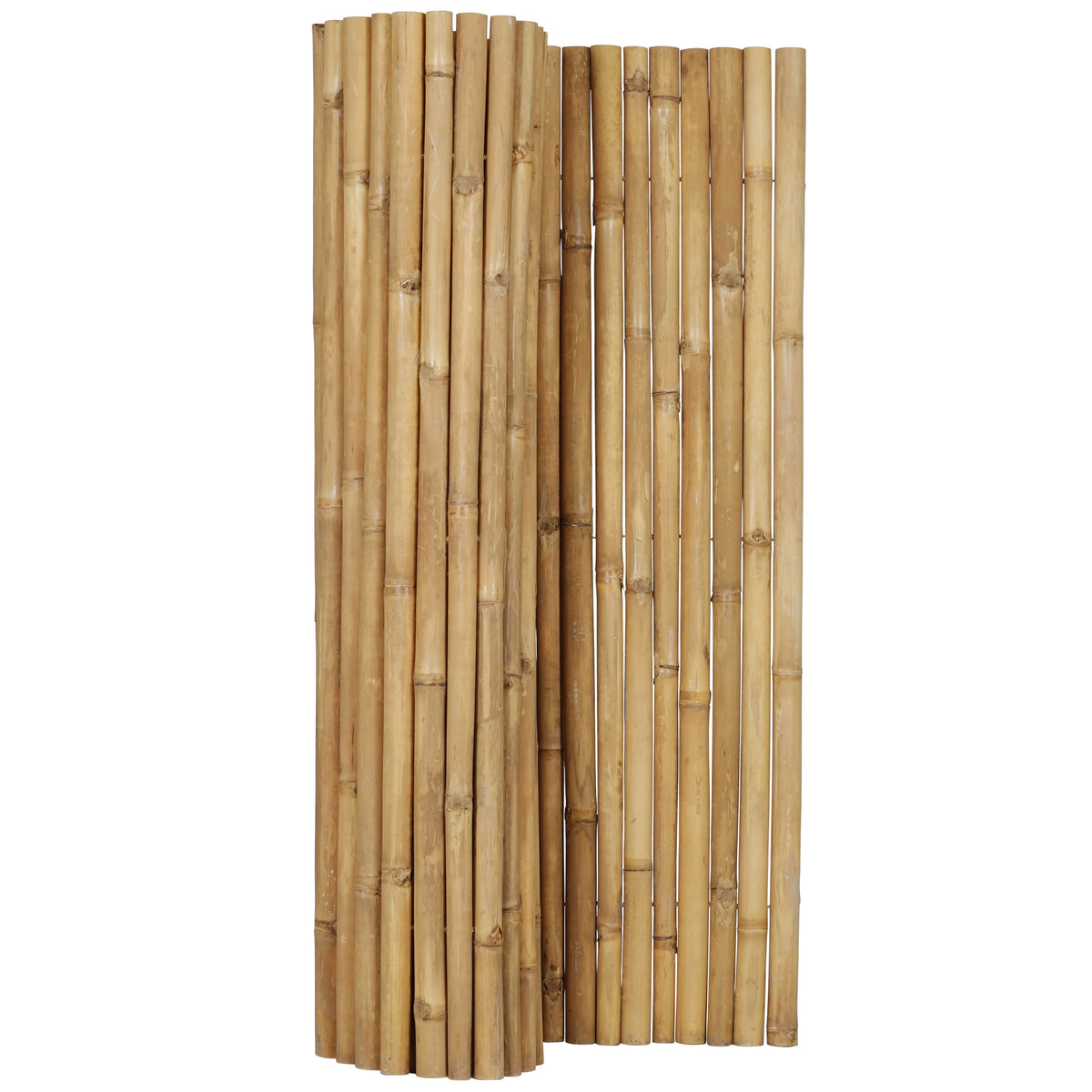Installation of a bamboo fence can be done in several ways. One way is to install bamboo screens or bamboo rende rolls in a wooden frame. Installing a wooden frame around your bamboo fence not only looks good, but also provides additional stability and protection from the sun, rain and wind.
Wooden mounting kits are available for bamboo fences with a width of 180 or 90 cm. Please note that our wooden mounting kit is only suitable for bamboo fences with a maximum thickness of up to 5 cm, such as our half-round fences or our bamboo mats. Bamboo Fences Giant, which are made of thick bamboo canes, are best installed with our stainless steel mounting kit.
Preparation
Before installing a bamboo fence, calculate how many bamboo fences and wooden posts you will need. We have bamboo fences with a standard width of 90 cm and 180 cm in our offer.
OTo find out what materials you need and how much space you have left, if any, it is helpful to make a simple sketch.
You always start and end with a wooden post. Between the two wooden posts, attach the 90 or 180 cm wide bamboo fence. Remember that between the wooden posts and the fence you should always plan an additional distance of 5 mm.
The calculation then looks like this:
- JYou start with a (hard) wooden post (in this example we choose a pine post): 9 cm
- Then you get the distance between the garden post and the bamboo fence: 0.5 cm
- The screen is 90 or 180 cm wide (in this example we choose the 180 cm version): 180 cm
- Then you get again the distance between the garden post and the bamboo fence: 0.5 cm
- And at the end you have again a wooden post: 9 cm
- Then you have a total width of: 199 cm
If you put 1 bamboo fence between 2 wooden posts, you will need 199 cm of space. For each additional fence, you can repeat steps 2 to 5. So you need to calculate 199 cm for the first fence and 190 cm for each additional fence with an additional wooden post.
To determine how many fences you need, subtract 199 cm from the total length. Then divide the remainder by 190 cm. Round up the result and add the first fence to determine how many fences you need in total. The number of hardwood posts you need is equal to the number of fences +1.
For example, if you need to span 10 meters, the calculation is as follows:
10.00 - 1,99 = 8,01.
8.01/ 1.90 = 4.21 rounded up, which is 4.5 screens.
In this case you need 1 + 4 = 5 fences of 180 cm width and 1 screen of 90 cm width.
For the 6 screens you will need 7 garden posts (number of screens +1) and 6 wooden fixing sets (1 x per screen).
Installation of a bamboo fence in 3 steps
Step 1: Prepare the location
Make sure the area where you plan to install the fence is clear and level. Start by putting up the first and last wooden posts. Draw a (rope) line between these posts where you want the fence to go. Then measure where you want all the wooden posts in between to go. Dig the holes for these posts in advance with a soil auger so you know, if you can place all the posts where you want them.

Step 2: Inserting the wooden posts
The stability of the fence depends, in part, on the stability of the wooden posts. So make sure that the posts are well and firmly in place. It is also important that you work very carefully and accurately. Determine the distance between two posts by screwing a batten from the installation kit to the bottom and top of the garden posts using the L-fittings provided. Be sure to leave an extra 5 mm of space on both sides. Make sure the posts are straight and level.
You may want to attach the first post to the house wall. You can attach it with connecting clips, but it is much more stable to drill through the entire post in three places and attach it to the wall with dowels and screws or bolts.
Make sure that about 1/3 of the post length is in the ground. So if the fence is 180 cm high, you need wooden posts with a length of at least 270 cm.
If the soil in your garden is sand, peat or soft clay, concrete the posts in place. For other types of soil, tamp down the soil around the post. If the soil is very dry, moisten it well beforehand.
Make sure that the garden posts are always slightly (about 5 cm) higher than the height of the fence. This way you can place the fence a few centimeters above the ground. This will prevent the bamboo posts from rotting at the bottom if they are in a pool of water or in direct contact with the ground. Another way to extend the life of your fence is to place it on a concrete strip or tiles.
NOTE:: You measure in advance where all the wooden posts will be placed, and you also already dig the post holes, but you don't set the posts yet. Always place a bamboo fence between two posts immediately, so you know if the screen will fit properly. Only after the first garden screen is installed between the first two garden posts, set the third garden post. Then install the second bamboo fence between the second and third garden posts. And so on.

Step 3: Fixing the bamboo fences with a wooden mounting kit.
A bamboo fence has a top and a bottom. On the top, of course, the bamboo posts are closed by dividers. The idea is to put the closed side on top.
Having previously screwed a batten at the top and bottom to determine the distance between the garden posts, now first attach the cover strip to the garden posts. Place the masking tape all the way over the first and last posts, but cut it off in the middle of all the intermediate posts. Screw the cover strip in place using the 4 x 60 mm screws provided. Use 2 screws on each side to do this.
Now that the cover strip is in place, you can unscrew the other two boards. Now make the frame for the garden fence.
To do this, screw all four boards to the fence. This is done at the bottom, top and both sides. Use five screws 4 x 40 mm per board.
Place the fence between the frame of the garden posts and the cover strip and screw it with the fence supports.



Make sure that there are at least three of you: 2 to hold the fence securely, and 1 to screw the screen to the garden posts.
Once the fence is hanging, you can screw a few more screws through the cover strip at the top and into the boards attached to the fence for added stability.

The first fence is now hanging.
Repeat the same process for the remaining fences.
Is your finished bamboo screen a little too wide? No problem, our bamboo garden screens, bamboo fence rolls and wooden mounting kits can be easily shortened in width with a Japanese Bamboo Saw!

